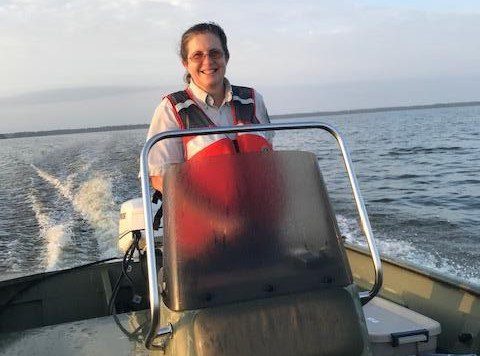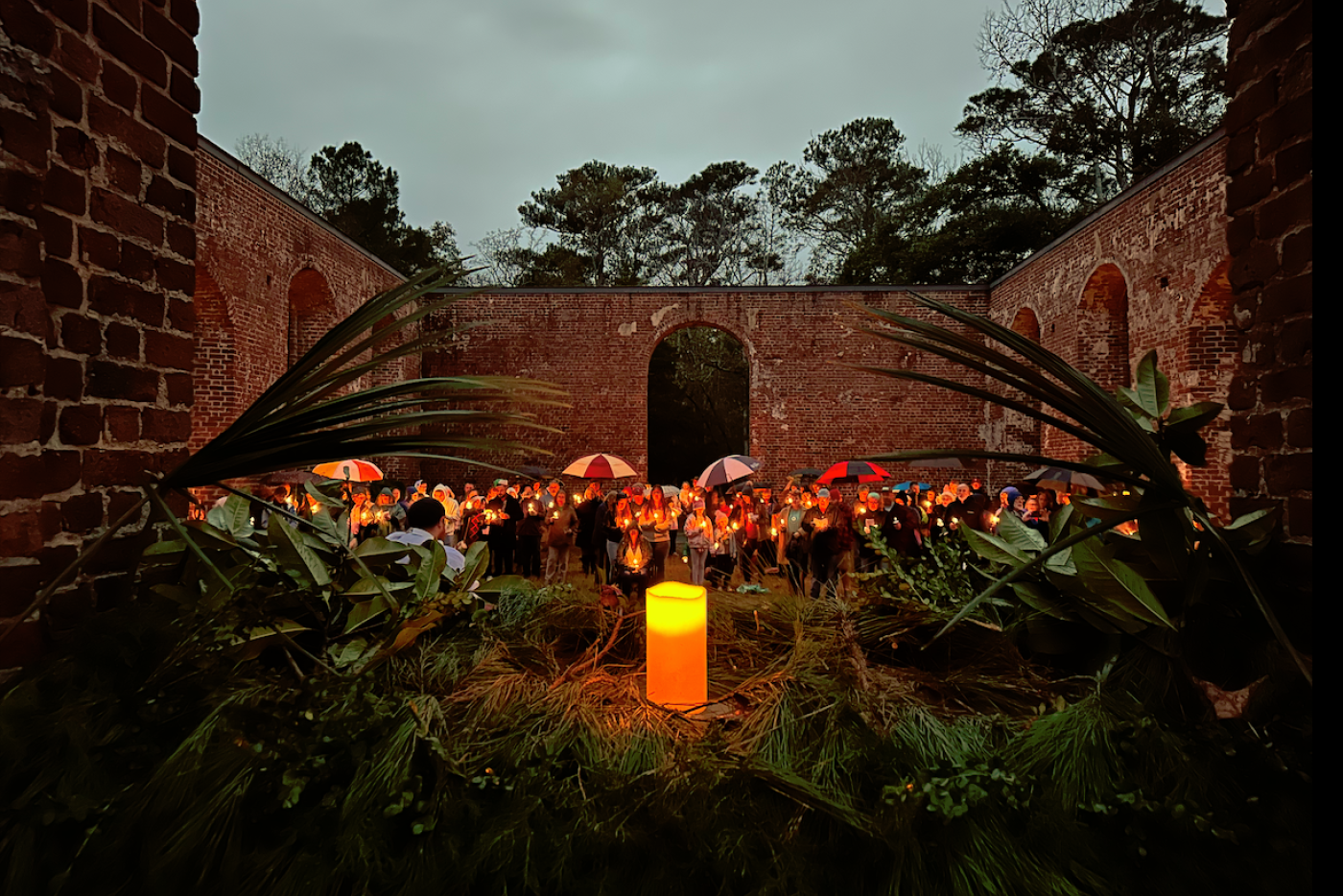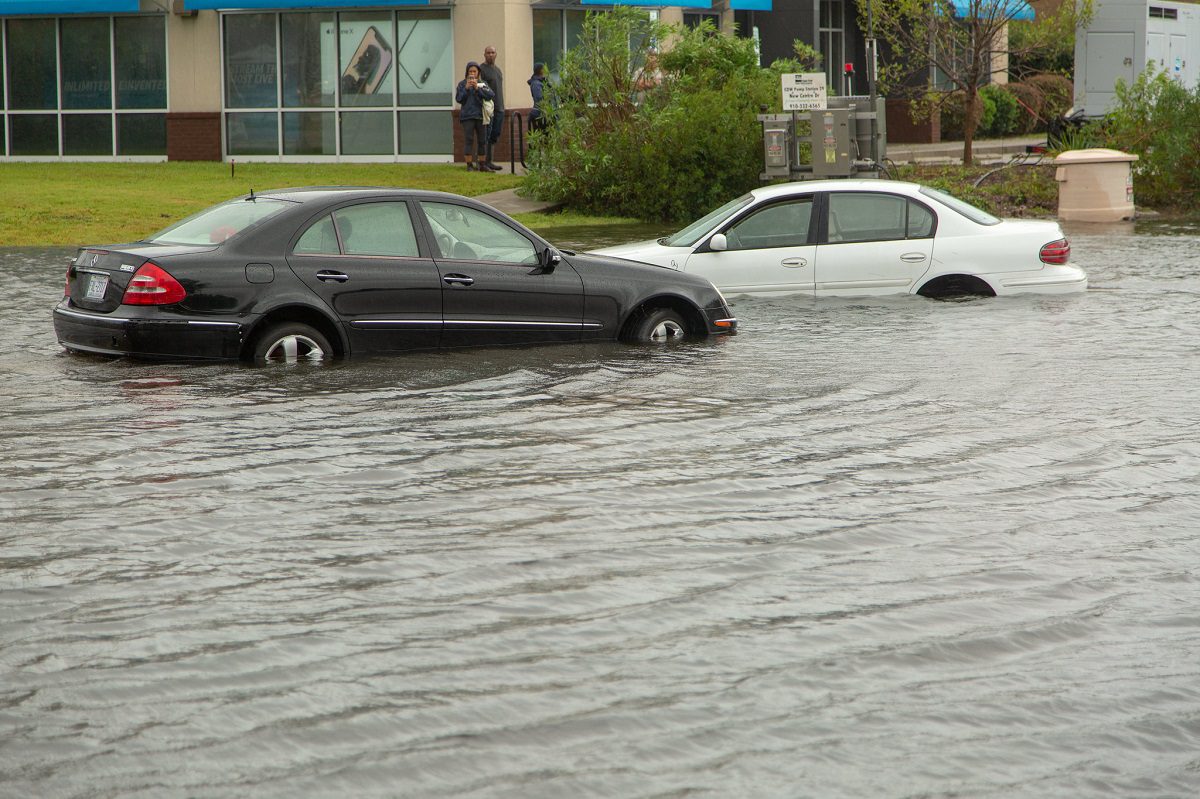
Longtime U.S. Fish and Wildlife Service biologist Wendy Stanton will begin her new role Monday as refuge manager for Pocosin Lakes National Wildlife Refuge in eastern North Carolina.
Pocosin Lakes refuge is one of the nine National Wildlife Refuges in the North Carolina Coastal National Wildlife Refuge complex, which the Fish and Wildlife Service oversees.
Supporter Spotlight
With the service since 1994, she has been refuge biologist for Pea Island refuge, Pocosin Lakes refuge, Mattamuskeet refuge complex, and a wildlife biologist with the inventory and monitoring branch.
“I am so excited to be a part of the amazing team at Pocosin Lakes NWR. There are many challenges and opportunities at the refuge that I am eager to work on,” Stanton said in a statement. “These include peatland restoration, waterfowl management, cooperative farming, fire program, red wolf recovery, visitor services, environmental education and many others. I am looking forward to collaborating with the local communities and other partners to meet the refuge mission and advance conservation for the continuing benefit of the American people.”
Stanton holds a bachelor’s in wildlife biology at Frostburg State University in Maryland and master’s in wildlife biology from North Carolina State University.
She began her federal career in 1991 as a graduate co-op student with the Bureau of Land Management in Roseburg, Oregon.
For almost 30 years, Stanton has been married to the “love of her life” and best friend, John Stanton, who recently retired from U.S. Fish and Wildlife Service Migratory Bird Program. They have two grown sons and two “very spoiled” Irish wolfhounds. She and her husband have resided in Columbia since 1994.
Supporter Spotlight
“This is our home and we love it here. Both our sons were born here and attended the public schools in Tyrrell County,” she said.
The more than 110,000-acre Pocosin Lakes National Wildlife Refuge is in Washington, Hyde, and Tyrrell counties and conserves a rare type of wetland habitat, known as “pocosin,” derived from a Native American word meaning “swamp on a hill,” according to FWS. There are natural wetlands, including the southeastern pocosin peat wetlands, open water on Pungo and New Lakes, upland pine forests, and managed moist-soil and agricultural units that provide high-energy food for the more than a hundred thousand ducks, geese, and swans that congregate on the refuge in winter.








